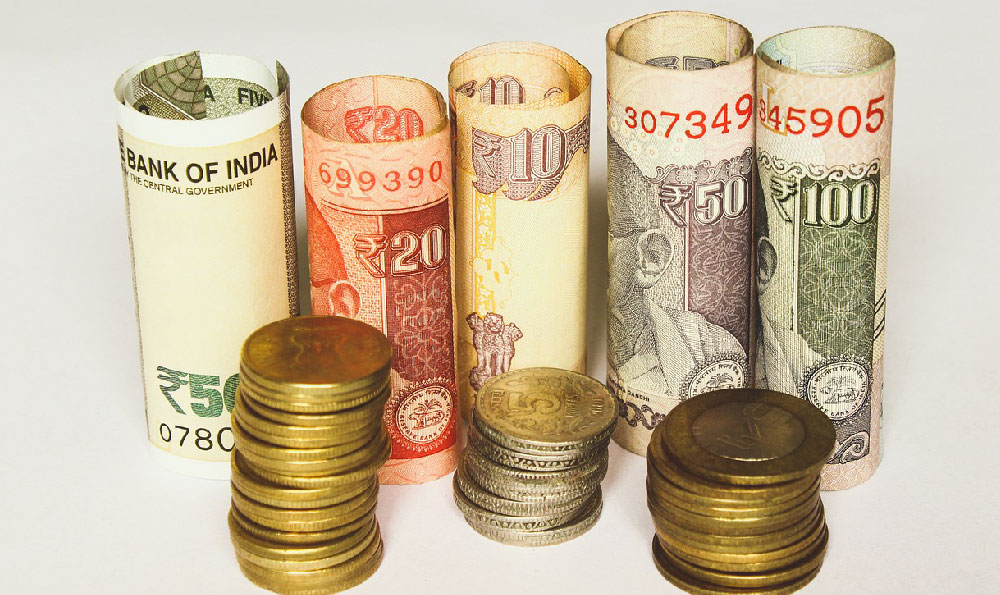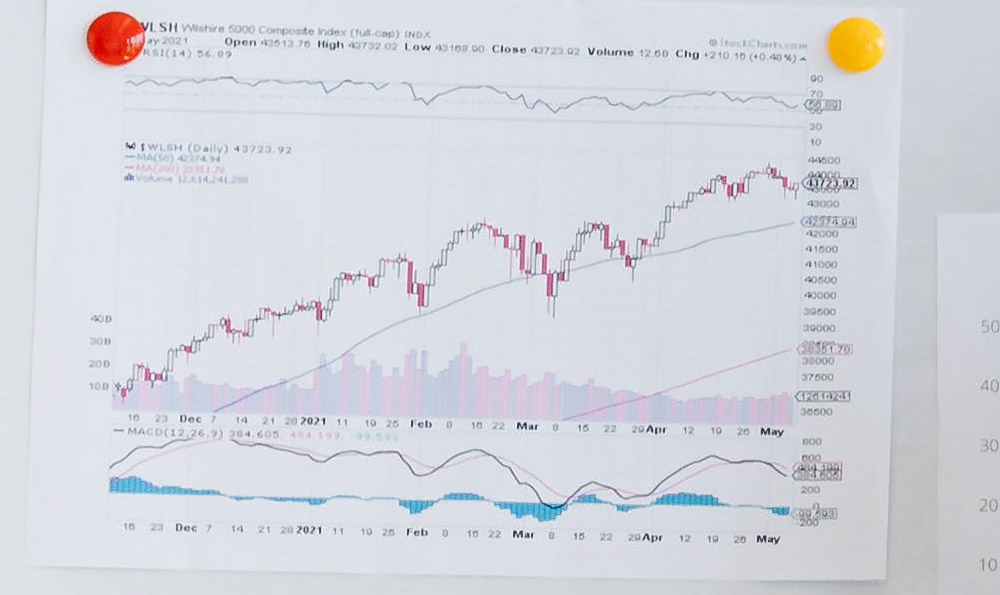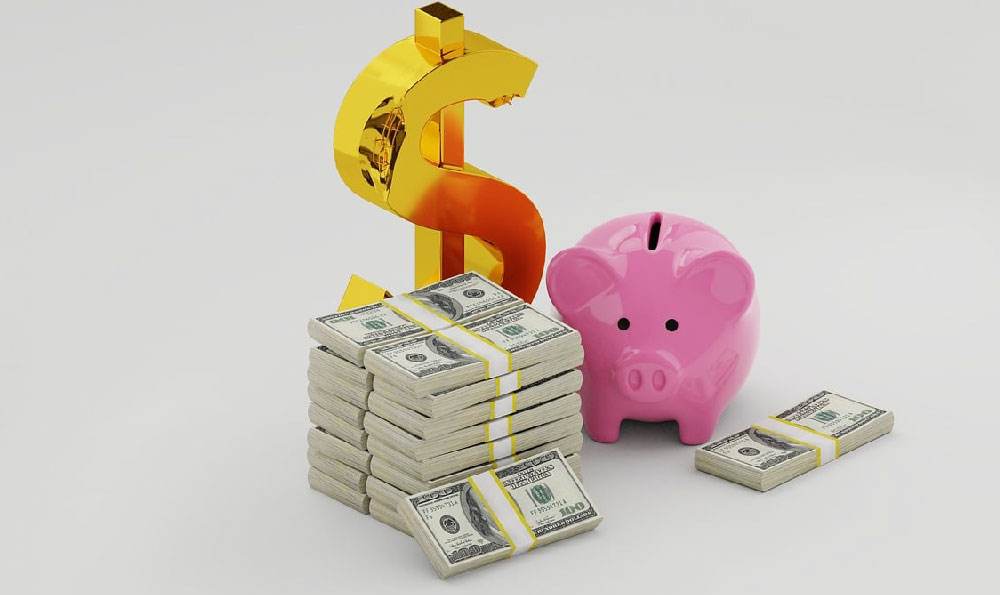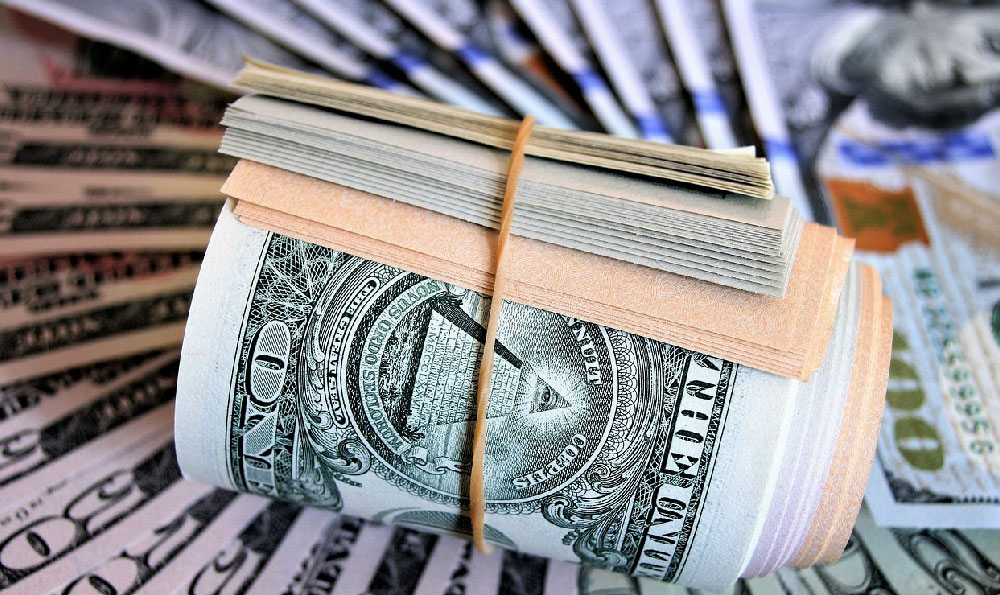Crafting a money necklace, a symbol of wealth and prosperity, can be a fun and potentially meaningful DIY project. Whether you're looking for a unique gift, a personal statement piece, or a creative way to showcase your financial savvy (or aspirations thereof!), a money necklace offers a distinctive alternative to traditional jewelry. The question, however, isn't just how to make one, but also whether the time and effort, along with the potential devaluation of the bills used, makes it a worthwhile endeavor. Let's dissect both the crafting process and the value proposition.
The creation of a money necklace generally involves a few core techniques: folding, origami-inspired sculpting, or simple layering. The simplest approach, and often the most practical if you intend to preserve the usability of the money, involves folding and layering. You'll need a few key materials: crisp, uncirculated bills (the newer, the better for aesthetic appeal), clear tape (double-sided and regular), strong thread or fishing line, and potentially decorative beads or charms.
Begin by deciding on the desired length and thickness of your necklace. This will dictate the number of bills required. A common starting point is around 20-30 bills for a standard necklace. Once you have your bills, the folding process begins. A simple method involves folding each bill lengthwise in half, creating a neat crease. Next, fold each end of the halved bill towards the center crease. This creates a narrow, rectangular shape. Repeat this process for all the bills.

Now, the layering and assembly phase. Take two folded bills and tape them together, end to end, using a small piece of double-sided tape. Continue adding folded bills, creating a chain. This chain will form the core of your necklace. Once the chain is the desired length, connect the two ends, again using double-sided tape and potentially reinforced with a small piece of regular tape for extra security.
To add durability and a more refined look, consider reinforcing each joint with a tiny piece of clear tape. This will prevent the bills from separating and ensure the necklace can withstand some wear and tear. You can also use thread or fishing line to sew through the folded bills at each joint, creating a more permanent connection. This method requires a needle and a bit more patience, but the result is a significantly more robust necklace.
For those seeking a more artistic approach, origami techniques can be incorporated. These involve more intricate folds, creating unique shapes and patterns with the bills. For instance, you can fold each bill into a small origami star or a bow before connecting them to form the necklace. This method requires more skill and patience but results in a truly unique and eye-catching piece. Several online tutorials and videos offer step-by-step instructions for various money origami designs.
Finally, you can enhance your money necklace with decorative elements. Stringing beads or charms onto the thread or fishing line between the folded bills can add color, texture, and personalization. Choose beads that complement the color of the bills or that hold personal significance. Charms, such as miniature coins or lucky symbols, can further enhance the necklace's symbolic meaning.
Now, to the more critical question: is crafting a money necklace "worth it"? The answer depends heavily on your perspective and priorities.
Financially speaking, using currency to create a necklace carries an inherent cost. While you haven't destroyed the money, you have rendered it less readily usable. Banks might be hesitant to accept bills that are heavily taped or folded. Moreover, the intrinsic value of the money remains unchanged. A necklace made from $200 worth of bills is still worth $200, albeit in a less convenient form. There's no financial appreciation to be gained; in fact, inflation gradually erodes the purchasing power of the fixed amount of money used.
However, the "worth" of a money necklace extends beyond pure monetary value. The necklace's value lies in its novelty, its craftsmanship, and its potential sentimental significance.
For example, as a gift, a money necklace can be a thoughtful and humorous present, particularly for someone who appreciates unique and creative items. It can symbolize good luck, prosperity, or simply a lighthearted approach to finances. For a graduation gift, it could represent seed money for the recipient's future endeavors. For a milestone birthday, it could be a fun and memorable way to present cash.
From a crafting perspective, creating a money necklace can be a rewarding creative outlet. It allows you to experiment with different folding techniques, explore your artistic skills, and produce a unique piece of wearable art. The process itself can be meditative and enjoyable, particularly if you appreciate intricate detail work.
Consider the context and the recipient's personality before embarking on this project. If the recipient is highly practical and values the immediate usability of money, a gift card or a simple cash donation might be more appreciated. However, if the recipient is someone who enjoys quirky gifts, values handmade items, or appreciates symbolic gestures, a money necklace can be a truly memorable and cherished present.
Ultimately, the decision of whether to craft a money necklace is a personal one. Weigh the potential financial disadvantages against the potential creative and sentimental benefits. If you approach it as a fun and artistic project, rather than a serious investment strategy, you're more likely to find the experience worthwhile. And remember, if you ever decide to disassemble the necklace, you'll still have the original amount of money, albeit slightly more wrinkled than before.












